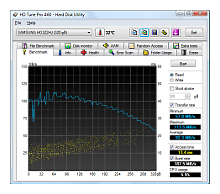Can’t Google Finish Anything?
45% of all Google applications are still in Beta… Gmail has been in beta since it was released, and we don’t even notice that it is a beta anymore!
Half baked: 45 percent of Google projects in beta
“Google has an infamous propensity to keep projects in beta for an unusually long time, and now somebody has gone to the trouble of quantifying just how widespread the testing tag is at the Internet giant. ‘Of the 49 Google products we could find, 22 are in beta. That’s 45 percent,’ not including Google Labs projects, according to a Wednesday blog post at Pingdom, a Web site performance monitoring company. ‘We’re so used to seeing the little ‘beta tag next to the various Google product logos that we almost don’t register it anymore. We even had to double-check that Gmail really still was in beta.’ Google told me a few months ago the beta tag would come off Gmail ‘soon,’ but clearly the company is leery of doing so. Royal Pingdom was mystified by Google’s criteria for beta labeling, and I have been, too. It’s true that it’s easier to treat Web-based apps as a work in progress: a company can upgrade the entire user base to a new version of Flickr, say, just by updating the software on the central servers rather than having to cajole millions of users to install a patch. But there comes a point where labeling something as beta gives the impression that the project’s backer is scared to make a commitment to prospective users or customers.”
 Looking for a great, free, hard disk utility? Well, look no further than HD Tune! Check out what it can do!
Looking for a great, free, hard disk utility? Well, look no further than HD Tune! Check out what it can do!
